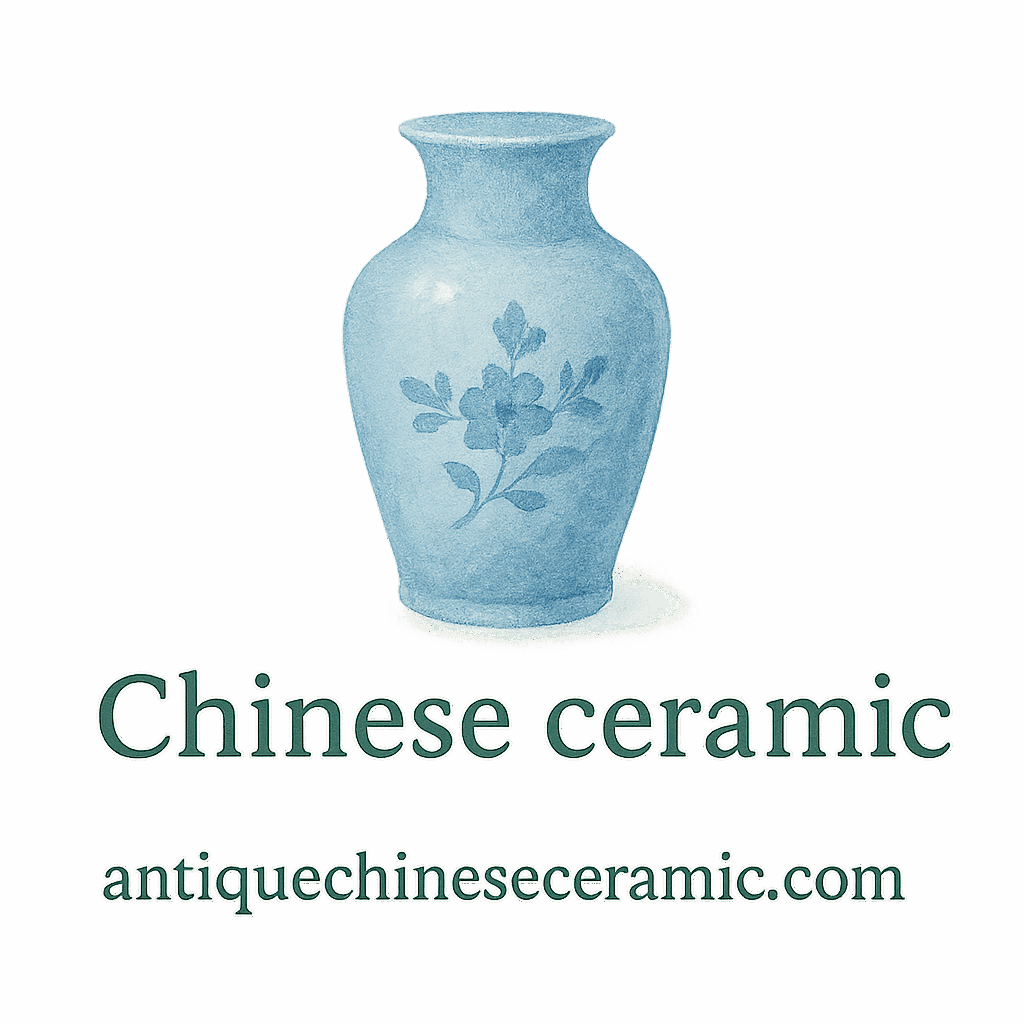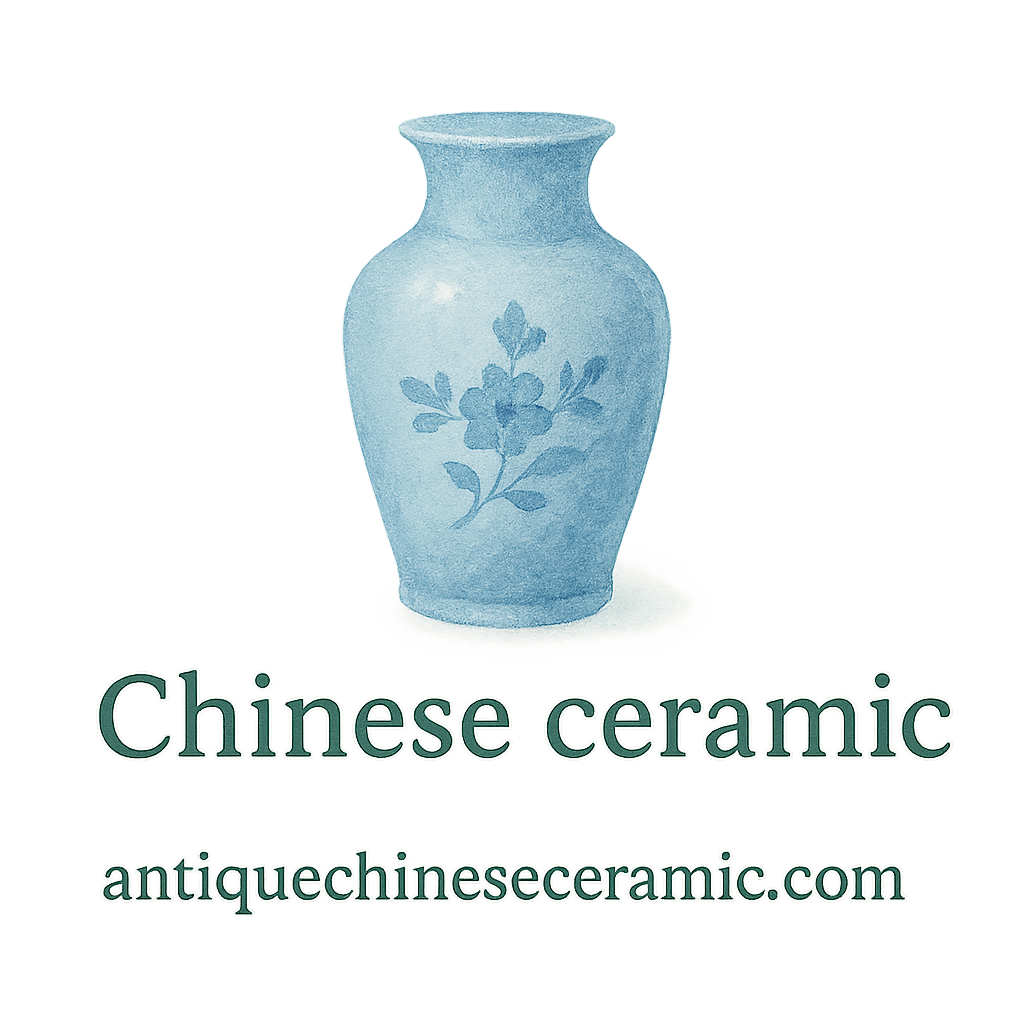Introduction to Antique Chinese Ceramics
Antique Chinese ceramics have captivated collectors for centuries. From delicate Ming vases to Song Dynasty tea bowls, each piece tells a story of dynasty, craftsmanship, and history. But one of the trickiest aspects for both new collectors and seasoned enthusiasts is determining the actual value of a ceramic item—especially when markets and styles are constantly evolving.
If you’ve ever held a beautifully aged porcelain bowl and wondered, “What’s this worth?”—you’re not alone. Thankfully, digital tools are here to help.
Why Price Estimation Matters
Avoiding Overpayment or Undervaluing
Overpaying for a fake or underpricing a genuine treasure can be every collector’s nightmare. Whether you’re planning to sell, insure, or collect, knowing the real value gives you power and confidence.
Navigating the Market with Confidence
With accurate valuations, you’ll be better equipped to negotiate with dealers, participate in auctions, or browse estate sales intelligently.
What Determines the Value of Antique Chinese Ceramics?
Before diving into the tools, it’s crucial to understand what impacts the price.
Age and Historical Significance
Older isn’t always more valuable—but in Chinese ceramics, age often correlates with desirability. Certain dynasties, such as the Tang or Ming, carry strong historical weight.
Ceramic Types and Glazing Techniques
Celadon, blue-and-white porcelain, and sancai (three-color) ceramics each have unique market demand. Surface details and glazing methods influence value significantly.
Dynasty and Origin
A Qing Dynasty famille rose piece can fetch dramatically different prices than a Song Dynasty celadon. Make sure you can identify the dynastic period through patterns and marks.
Condition and Rarity
Cracks, chips, or discoloration reduce value. Unique or rare pieces in good condition are always in demand.
Provenance and Documentation
A documented lineage or inclusion in an old collection raises a piece’s value significantly.
How Online Tools Can Help with Valuation
Accessibility and Speed
Gone are the days of waiting weeks for a professional appraiser. Now, you can get a preliminary price range in minutes with the right online platforms.
Cross-Referencing Multiple Listings
Using several tools helps you compare pricing trends and auction results, which leads to more accurate estimations.
1. WorthPoint
Database Size and Auction History
WorthPoint is a goldmine for collectors. It archives millions of past sales and provides item-specific history. You can search for “Ming blue-and-white bowl” and see exact pricing from previous auctions.
Strengths and Weaknesses
Pros: Massive database, good for pattern recognition.
Cons: Paid subscription required for full features.
Internal tip: Use alongside the Valuation section of AntiqueChineseCeramic.com for additional verification.
2. Kovels
Focused Antiques Resource
Kovels is a trusted name among antique dealers. It offers price guides specifically focused on traditional categories like ceramics.
Pricing Accuracy
Its prices are sourced from real dealers and auction houses, giving a solid market average.
Use this alongside Identification tips and Care & Preservation info for a deeper understanding.
3. eBay Sold Listings
Real Market Trends
This is where real-world buyers meet sellers. Filter your search to only include “Sold Listings” and you’ll see what similar ceramics are actually selling for—not just what people hope to get.
What to Watch Out For
Not all listings are accurate. Some sellers mislabel or inflate value. Use tagged information for smarter comparisons.

4. LiveAuctioneers
Auction Results and Collector Bidding Behavior
LiveAuctioneers lets you view sold lots, estimate trends, and understand bidding behaviors for antique Chinese ceramics.
Archival Value
This tool shines for serious collectors or sellers. Look for dynasty filters and keyword-based results.
Pair with Auction-related tags to evaluate the broader scope of ceramic sales.
5. Invaluable
Verified Auction House Data
Invaluable offers a clean interface to track ceramic auctions from top houses like Christie’s and Sotheby’s. It also includes expert reviews and pre-sale estimates.
Filtering by Dynasty and Maker
Want to find a Qianlong vase or Yuan Dynasty teapot? Invaluable’s filters help pinpoint specific dynasties and ceramic types.
6. TheSaleroom
UK and European Auction Trends
If you’re targeting a more European-focused market, TheSaleroom provides UK-based listings that often include Chinese antiques.
Keyword Search Tips
Use keywords like “porcelain charger Qing” or “kangxi jar” for best results. Then cross-reference details with our Chinese identification resources.
7. AntiqueChineseCeramic.com Valuation Resources
This is your all-in-one hub for all things antique Chinese ceramics.
Identification & Valuation Guides
Visit our Valuation page to understand appraisal techniques and market benchmarks. Dive into the Identification section to learn how to date and classify your piece.
Tags and Internal Resources
Explore content by tag, including antique, appraisal, cleaning, and preservation for a complete understanding.
How to Cross-Verify Valuations from Multiple Tools
Creating a Price Range
Instead of relying on one tool, take data from 3–4 sources and create a pricing range. For example, if a Ming bowl sells for $500–$1200 across platforms, use this as your working estimate.
Considering Condition and Market Timing
Always weigh in physical condition and whether the market is currently hot for your item. Check our tags like surface, storage, and quality for more insights.
Final Thoughts on Using Digital Tools for Appraisals
Online tools have made antique ceramic valuation more accessible than ever. But they should supplement—not replace—expert advice. Think of them as your first step in the appraisal journey.
Conclusion
Estimating the value of antique Chinese ceramics doesn’t have to be a guessing game. Whether you’re using advanced tools like WorthPoint or simpler platforms like eBay sold listings, each tool brings something unique to the table. Combine your digital research with guidance from trusted resources like AntiqueChineseCeramic.com, and you’ll navigate this timeless art form with confidence and clarity.
FAQs
1. Are online ceramic price estimation tools accurate?
They offer good ballpark figures but should be cross-referenced and supported by expert appraisal.
2. What’s the best free tool to estimate ceramic value?
eBay sold listings and the free guides at AntiqueChineseCeramic.com are great starting points.
3. How do I know if my ceramic is real?
Check the Identification section for help with markings, glaze, and weight.
4. Should I trust eBay prices?
Use them cautiously—they reflect the open market but not always accurate item labeling.
5. How does the dynasty affect ceramic value?
Certain dynasties, like Ming or Tang, are more prized due to rarity and artistry. Learn more here.
6. Can I clean antique ceramics myself?
Check out care tips to avoid damaging fragile glazes.
7. Where can I sell my ceramic after valuation?
After appraisal, list it at auctions like Invaluable or LiveAuctioneers, or consult professionals via AntiqueChineseCeramic.com.


